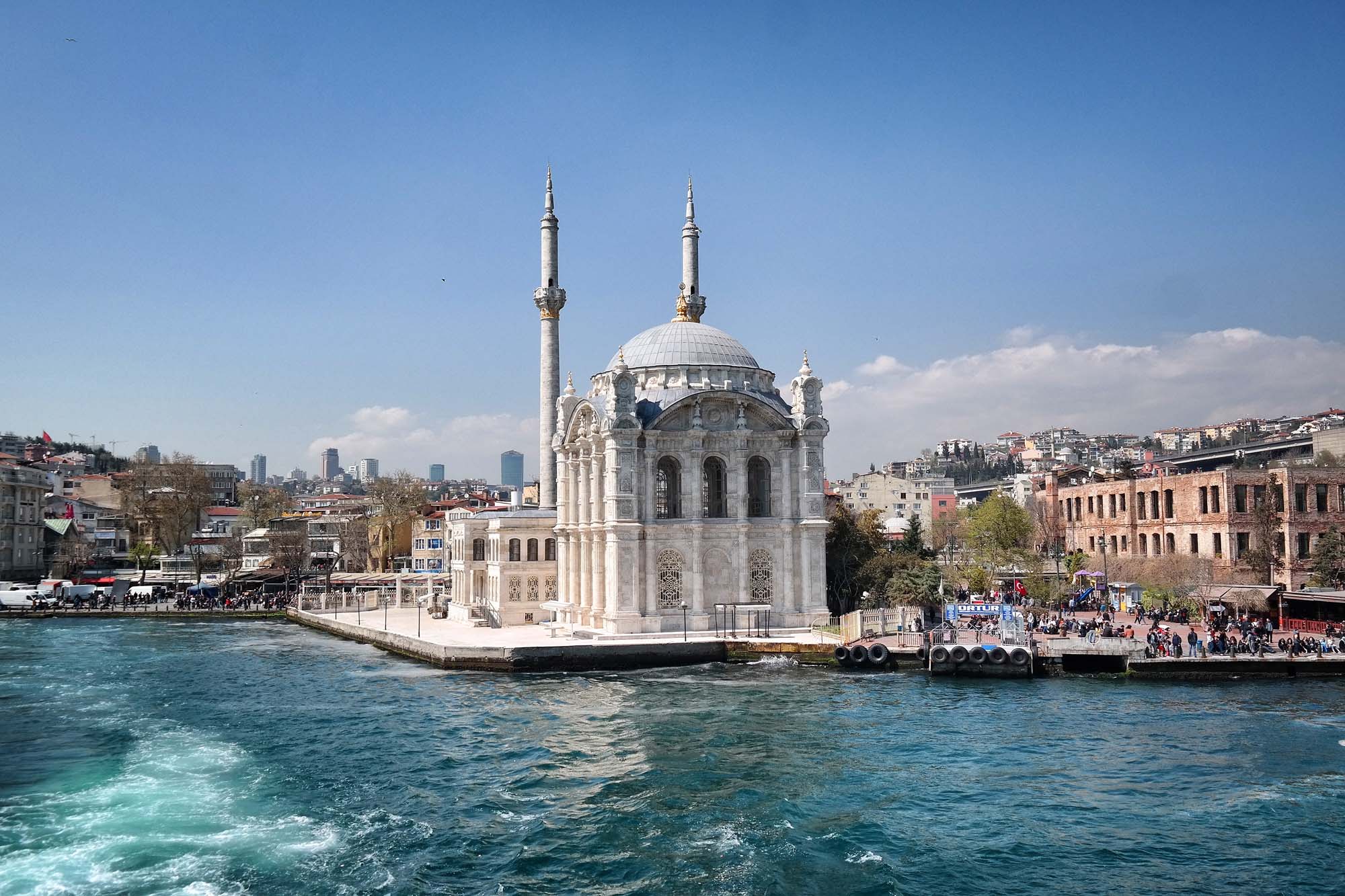Turkey is a western Asian nation that lies at the crossroads between east and west. Turkey is a Muslim-majority country with a vast population. On the other hand, Turkey is a democratic society that is home to citizens of all ethnicities and religions. Istanbul, Turkey’s largest capital, has a population of over 15 million inhabitants. Istanbul reflects the Turkish people’s culture in the city’s architecture, landmarks, food, and inhabitants. Istanbul is a cosmopolitan city that lies on both the European and Asian continents. The city is divided into two halves, one in Europe and the other in Asia. The Bosphorus Straits separate the city between Europe and Asia. More travel tips, dress code in mosques and time-saving ideas can be found atwww.turkeyvisaonline.com. We specialise in turkey visa.
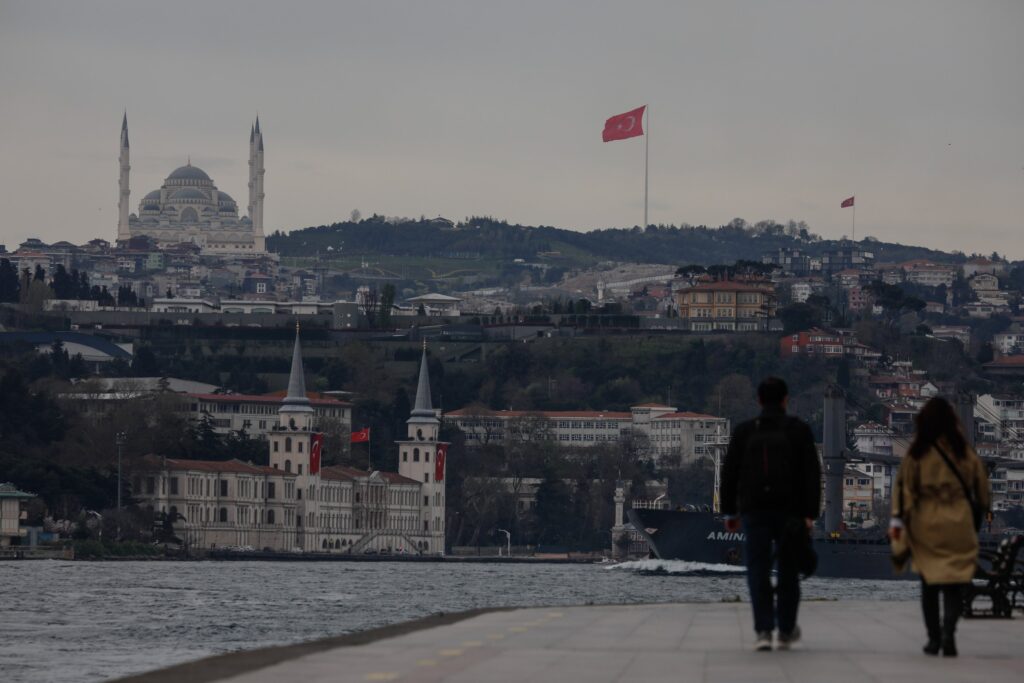
Culture of Istanbul
Istanbul is Turkey’s spiritual capital. Thousands of years ago, this city has a long Christian and Islamic heritage. This city has excellent Turkish pubs, film festivals, shopping malls, western bazaars, nightlife, lovely taverns, and a sophisticated tourism system in the modern age. Locals and visitors enjoy seafood restaurants and delicacies such as kebabs in Istanbul, where Turkish cuisine plays a significant role in the city’s history. Mosques in Istanbul have played an essential part in the city’s development and have since evolved into places of worship and tourist attractions. The following are some of Istanbul’s most well-known mosques:
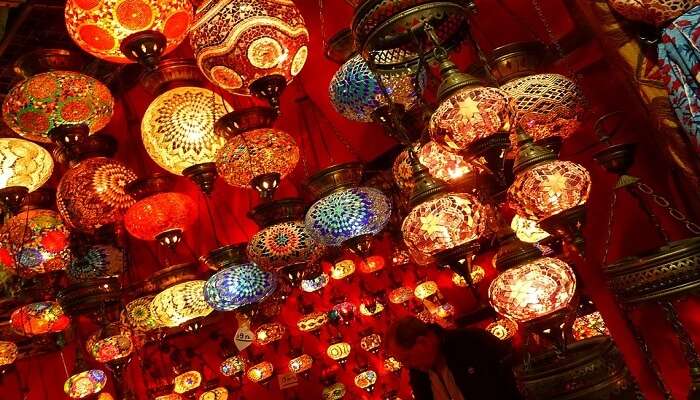
- Hagia Sophia
In the 15th century, Hagia Sophia was converted into an Ottoman Imperial Mosque. This historical building was turned into a Mosque in the Ottoman Empire when Constantinople fell to Ottoman forces. Many attempts have been made to rebuild this mosque, which was used as a mosque until the twentieth century when formally turned into a museum.
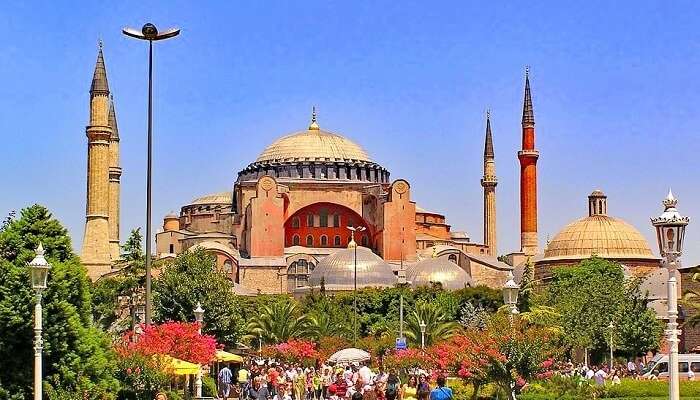
2. Suleymaniye Mosque
Suleymaniye Mosque is an Ottoman Imperial Mosque in Istanbul’s Third Hill District. Sultan Suleymaniye designed this mosque in 1557, and it is noted for its exquisite architecture. This mosque is Istanbul’s second largest and is located on the city’s tourism trail.
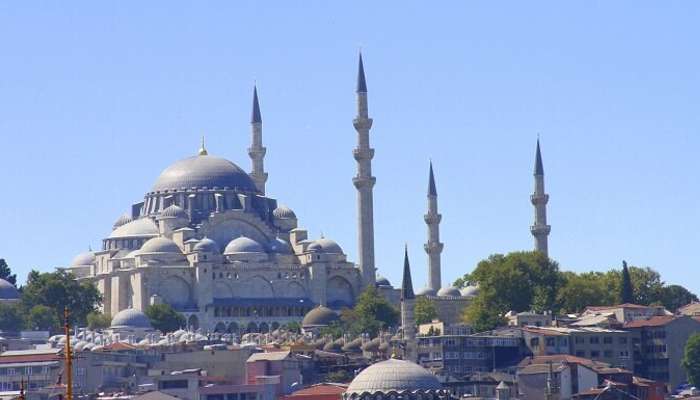
3. New Mosque
The New Mosque, also known as the Valide Sultan Mosque, was built in 1665 out of brick, granite, and marble. There are many domes and minarets on this mosque, as well as a courtyard. There are walls, calligraphic plates, brown, green, and white Iznik tiles strewn around the mosque’s interior. It is near to Galata Bridge and the Spice Bazaar, and stone blocks from the Greek island of Rhodes were used in its building.
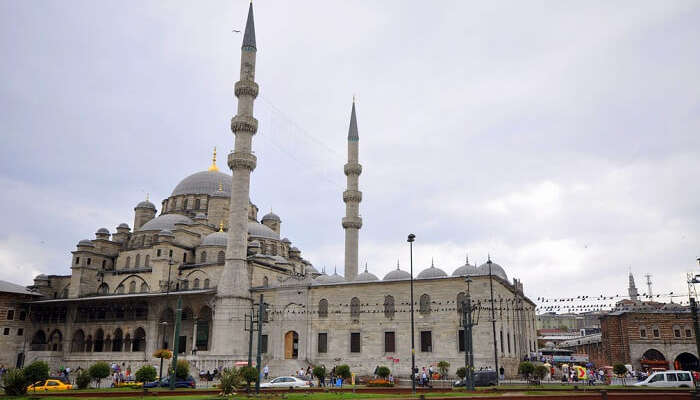
4. Ortakoy Mosque
Sultan Abdulmecid ordered the construction of Ortakoy Mosque on the remains of Cantemir Palace in the 19th century. The neo-baroque architecture of this mosque contains calligraphy by Abdulmecid the 1st himself. This mosque is in Istanbul’s Besiktas neighbourhood, near the water. This mosque was built by an Armenian architect and is smaller than any of Istanbul’s other mosques.
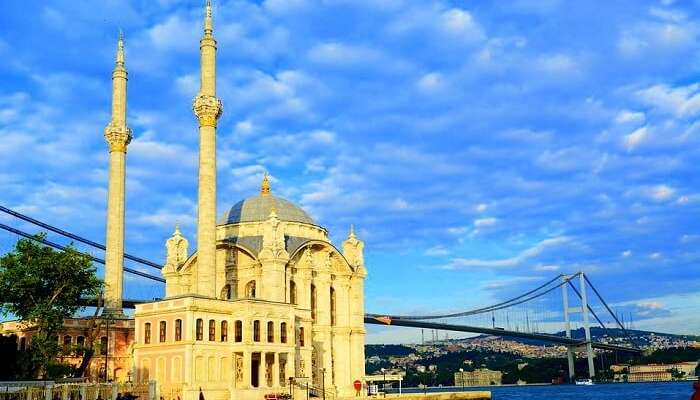
5. Sehzade Mosque
The Sehzade mosque is in Istanbul’s Fatih district on the Third Hill. This mosque, also known as the prince’s mosque, was built in memory of Suleymaniye, the Magnificent’s young son Sehzade Mehmed. This mosque is built of brick, granite, and marble and has minarets and a dome. This is the first outstanding Ottoman Imperial construction designed by famous architect Mimar, and it features an exquisite interior in pink, red, and white.
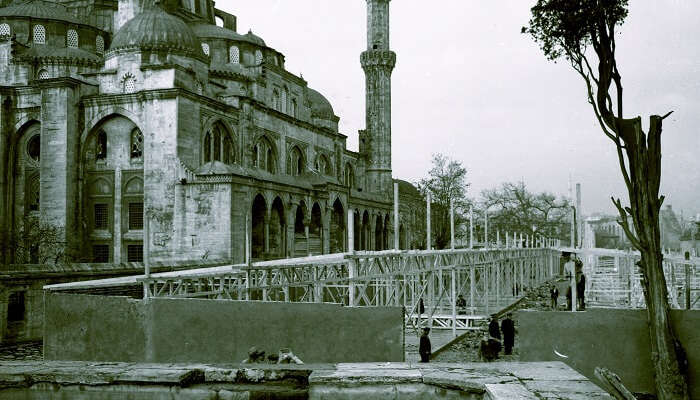
6. Rustem Pasha Mosque
The Rustem Pasha Mosque is located in Istanbul’s Fatih district and was designed by renowned architect Mimar Sinan in 1560. Suleymaniye, the Magnificent’s Grand Vizier, was Rustem Pasha, and the mosque is now a religious school in the district. It has a lovely entrance that is adorned with Iznik tiles both inside and out and a top dome and a minaret.
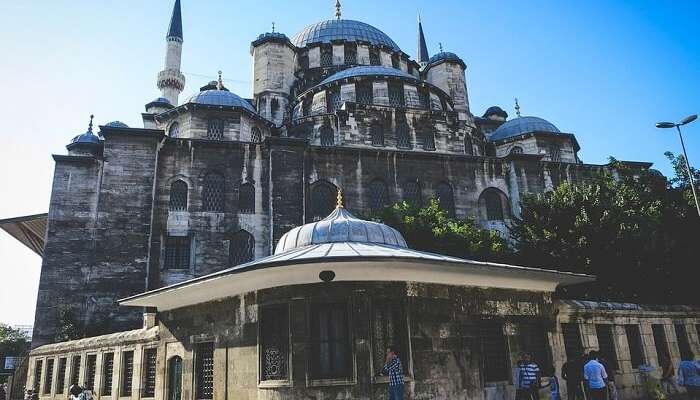
7. Arap Mosque
The Arap Mosque is situated in Istanbul’s Karakoy district. This mosque was constructed in 1325 and was initially a Roman Catholic church dedicated to St. Paul. The Dominican Friars founded it. Since the Ottoman Empire conquered Constantinople, this mosque was transformed into a mosque of mediaeval gothic architecture. This structure has since been repaired and rebuilt. On the Galata side of the Golden Horn, this is one of the largest mosques. The Arap mosque has a Christian Bell Tower in the Gothic style that now serves as a mosque minaret.
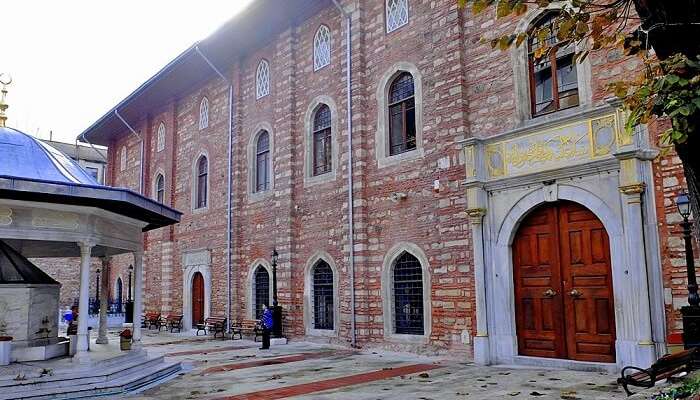
8. Blue Mosque
At the time, Ahmed I founded the Blue Mosque, also known as Sultan Ahmed Mosque, in 1616. This is a big mosque with a lovely courtyard and numerous minarets that is a popular tourist attraction in Istanbul. This mosque’s architectural style is a mix of Islamic and late classical Ottoman. The stained-glass windows, chandeliers, ceramic tiles, paintings, and sculptures in this mosque make it a wonderful tourist attraction in the capital.
As previously said, Istanbul’s Islamic monuments include numerous majestic mosques with magnificent architecture and design. Every year, millions of tourists visit Istanbul. In general, several of the mosques mentioned above are included in tourist itineraries that include essential city landmarks.
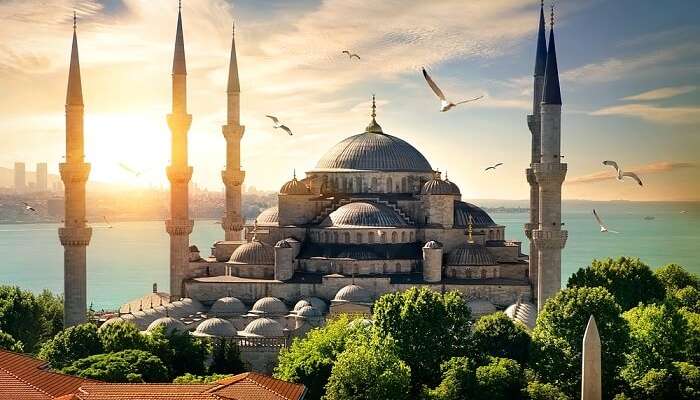
Many of these mosques are large and impressive, and they stand out against the skyline of Istanbul’s historical city. So, plan your Istanbul trip with Turkey Visa Online witness these splendid sites with your loved ones.
